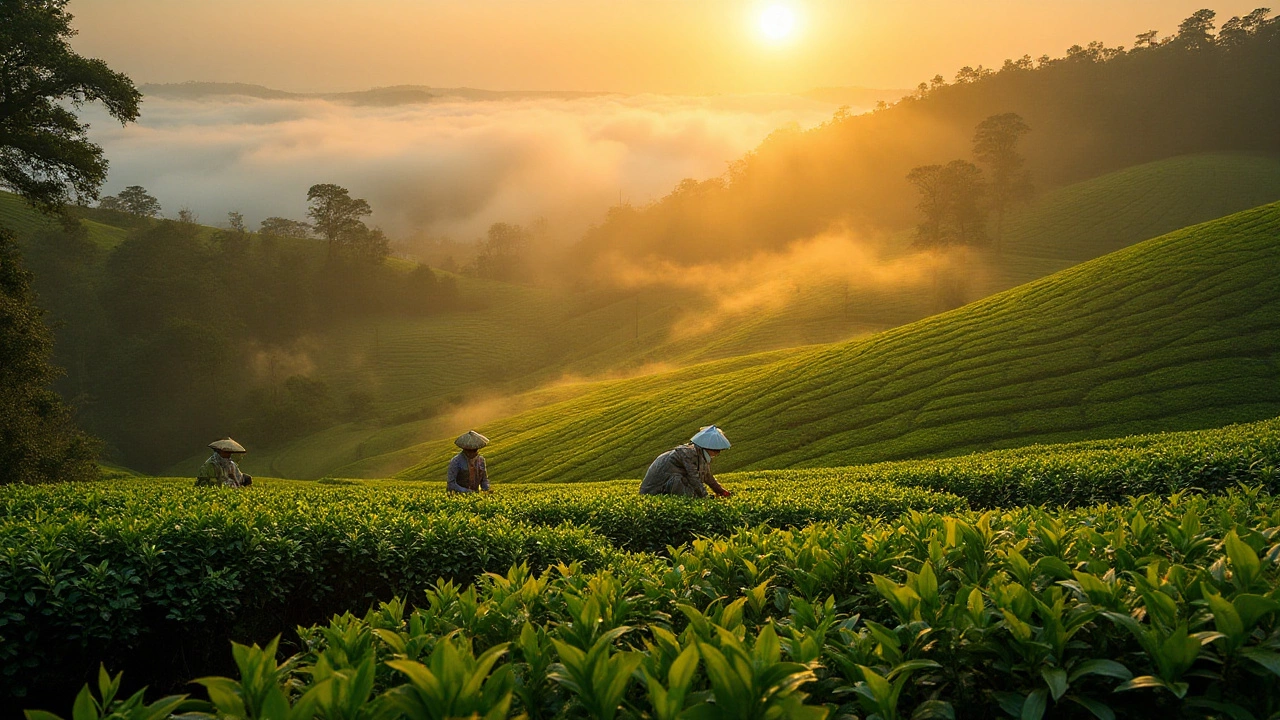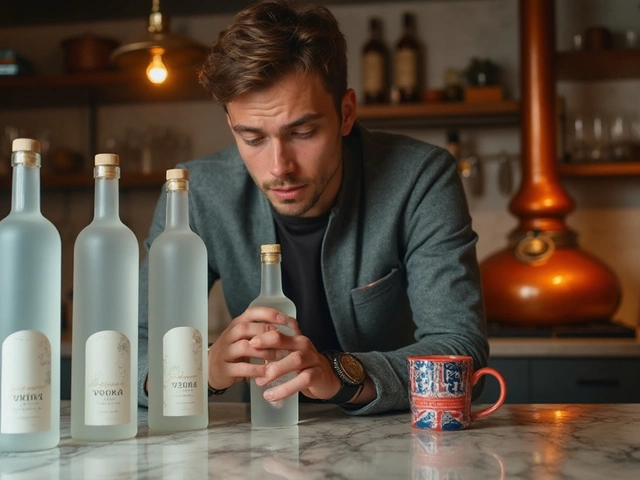Beverage Tasting: Your Handy Guide
Whether you’re sipping wine at a vineyard, trying a new craft beer, or sampling a fresh mocktail, tasting can be a lot more fun when you know the basics. This guide walks you through the steps you need to enjoy any drink, plus a few shortcuts for specific beverages.
Basic Steps for All Tastings
First, look at the drink. Color clues a lot about age, strength, and even flavor. Hold the glass up to light and note whether it’s pale, amber, or deep ruby. Next, give it a gentle swirl. That releases aromas you’ll want to sniff.
Take a short sniff and think about what you smell: fruit, spice, earth, or maybe a hint of chocolate. Try not to label everything right away—just let the scent sit for a few seconds. Then, bring the glass to your lips and take a small sip. Let the liquid coat your tongue before you swallow. Notice the first taste, the middle body, and the finish after you swallow.
Finally, jot down a quick note. A simple “citrus front, smooth middle, dry finish” is enough to remember what you liked. Over time you’ll start spotting patterns and can compare drinks side by side.
Special Tips for Specific Drinks
Wine lovers often start with a clean white glass, while red wine benefits from a wider bowl to let air in. For beers, a pint glass works well for lagers, but a tulip glass lets you enjoy aromatic ales. If you’re tasting whisky, a tulip or Glencairn glass focuses the rich nose and helps you catch subtle notes like oak or smoke.
Mocktails need a different approach. Because they lack alcohol, flavor can be lighter, so a crisp, clear glass helps you see the color and garnish. Smell the herbs or citrus first, then take a sip and notice the balance between sweet, sour, and bitter.
Tea tastings are all about temperature. Brew at the right temperature for the tea type—80°C for green, 95°C for black. Look at the leaf color, inhale the steam, then sip slowly to feel the body and aftertaste.
When you pair a drink with food, keep the intensity in mind. Light drinks go with light dishes, and bold drinks match rich foods. A crisp white wine works great with fish, while a full‑bodied red pairs well with steak. For mocktails, think about matching the main flavor—like a ginger‑lime mocktail with spicy tacos.
Putting it all together doesn’t have to be complicated. Grab a glass, follow the look‑smell‑sip‑note routine, and you’ll start spotting details you missed before. Try it with a wine, a craft beer, a whisky, a tea, or a mocktail and see how your palate sharpens. Happy tasting!
Exploring the world of tea tasting reveals why your cup may taste different each time. From the influences of climate and soil on tea leaves to the art of brewing, every factor plays a role in crafting unique flavors. Tea tasting isn’t just about sipping; it’s an exploration of culture, history, and sensory experiences. Here, you can discover tips and interesting facts about how to enhance your tea tasting journey.
View Details

